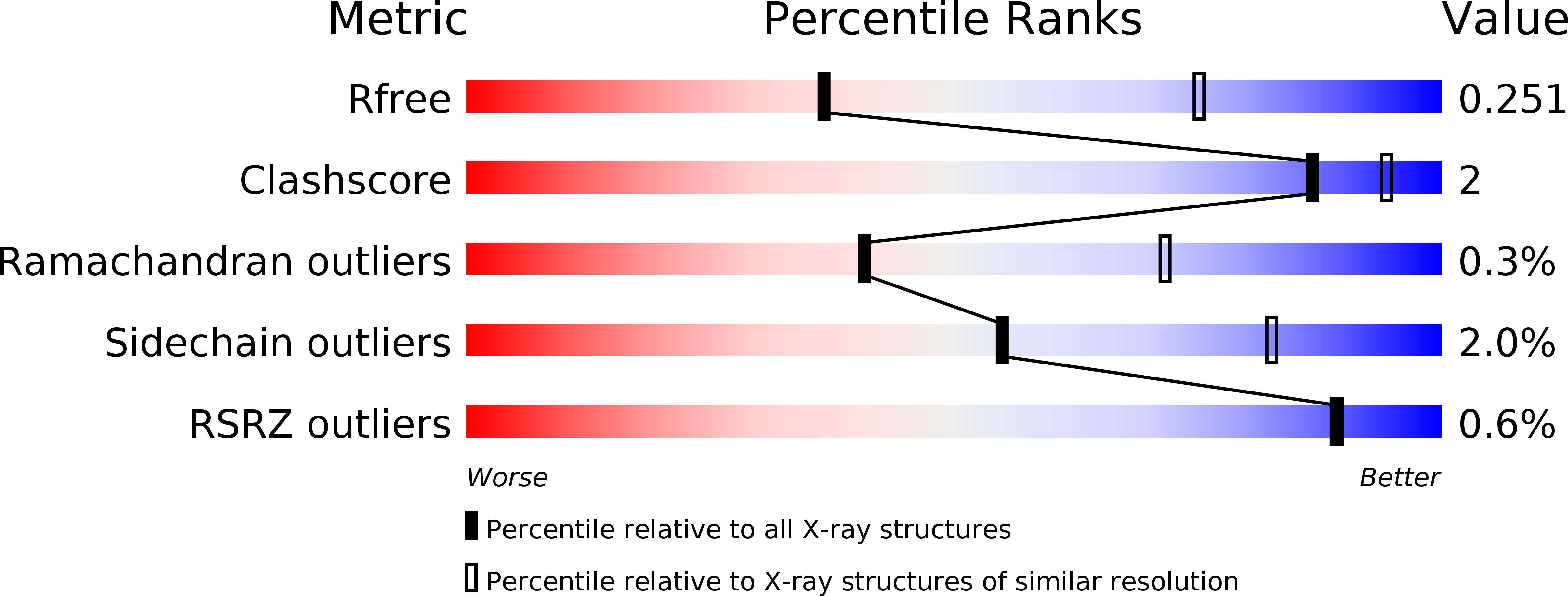
Deposition Date
2014-02-05
Release Date
2015-02-11
Last Version Date
2023-12-27
Method Details:
Experimental Method:
Resolution:
2.90 Å
R-Value Free:
0.25
R-Value Work:
0.17
R-Value Observed:
0.18
Space Group:
P 1 21 1


